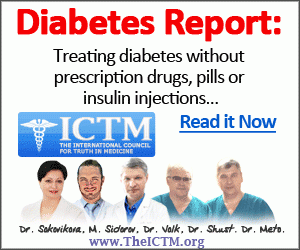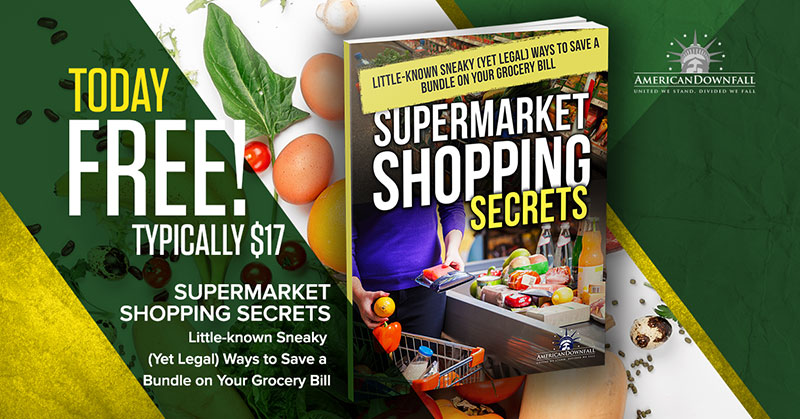The ultimate goal of homesteading for many is to be completely self-sufficient, and entirely food independent. There’s nothing as empowering as growing and making your own.
While getting 100% of your food from your own land might be setting one’s sights pretty high, there’s nothing wrong with aiming for it! The thing is, while most people will always rely on at least some outside sources for their food (even homesteaders back in the day did, too!), any degree of self-sufficiency you can achieve is a step in the right direction.
If you are wondering what would be involved in having a completely self-sufficient food source, we’ve put together a list of goals to aim for. Again, it will be very difficult to achieve all this, especially if you’re a new homesteader. However, getting an idea of what it would take can help you plan out your homesteading goals, what is realistic, and what some solid long-term plans for your homestead might be.
_ Grow all your own vegetables
_ Grow all your own fruit
_ Grow all your own nuts, seeds, etc.
_ Preserve and process your produce, nuts, seeds, etc.
_ Plant crops from your own saved seeds
_ Raise the animals all your dairy comes from (eggs, milk)
_ Make all your own dairy products (cheese, butter, yogurt, etc.)
_ Raise the animals all your meat comes from
_ Breed your dairy and meat animals
_ Slaughter and process your own meat
_ Grow your own grains
_ Process your own grains
_ Have established food storage facilities (e.g. root cellar)
_ Have extensive knowledge of, experience with, and equipment for canning, salt brining, drying, freezing, fermenting, etc.
_ Preserve food to last you through the winter
_ Preserve food to last through a bad growing season
_ Hunt and fish in your region, skillfully and knowledgeable
_ Know where to forage for wild food, on your property, and in your region
Again, these are lofty goals, and there are few people living in the US today who could confidently check off everything on this list. Even very self-sufficient homesteaders still happily buy goods from neighbors or other farmers in their community, and there’s definitely nothing wrong with that! A community is very important, and you should definitely try to establish these kinds of relationships with the people in your community for the sake of long-term sufficiency and survival.
But sitting down and thinking about what it would take to support yourself entirely is simply a smart practice and a good way to begin to think about how you can have a more sustainable relationship with your own food source. There are so many ways you can improve this relationship, and close the gaps that our modern, globalized world create, gaps that would quickly close if there were any kind of national or global mass crisis or disaster.
Having control over your food sources, learning to plan for the long term, taking account for every morsel of food you consume and knowing where it comes from, how it was grown, processed, packaged, and preserved, is incredibly important for your health and well-being, as well as your independence.
Use this list as a guideline for how you can start to be more conscious about what you consume, and how you can start to grow your own and do it yourself. You’d be surprised how much you can achieve, simply by thinking about your food sources!
Related Article: “Tips to Stockpile Food for the Winter Months”
For example, when you start to raise chickens, you don’t have to buy eggs anymore. You can try to center more of your family’s meals around eggs, and save money, as well as eat healthier. Then, you can expand your flock enough to have a steady flow of fresh chicken to consume. Over time, you can begin to freeze it, or even can the meat, so you can stock up a nice supply of meat. Think of the money you’re not spending on feedlot-raised chicken shipped from across the country!
This brings up another important point: self-sufficiency is not about growing all the food you currently eat on your own homestead. It’s about using what you’re able to grow yourself. Your diet, recipes, and lifestyle, will, and should, change according to what’s available. Just as it’s healthier and more affordable to eat produce in season from your local grocery store, it’s more sensible to eat whatever you’re able to grow on your own homestead. You might be eating a lot more chicken if you’re raising lots of chickens, or eating lots of venison in the winter if the hunting is good and you’re able to preserve the meat.
Suggested Article: “5 Simple Methods to Preserve Food”
This is exactly what self-sufficiency and food independence is all about! Our modern diets are centered entirely around what’s available to us, which is often overly-processed foods that have been grown in less-than-appealing conditions and shipped from all around the world. Whereas food that you’re growing, raising, and hunting yourself is much healthier and more natural to eat. You don’t have to process it like crazy so it will taste better, it’s fresh and local so it will already taste amazing!
It’s always possible to become more food independent than you currently are, and we hope this checklist will inspire you to plan for a more self-sufficient future for your homestead and family.




